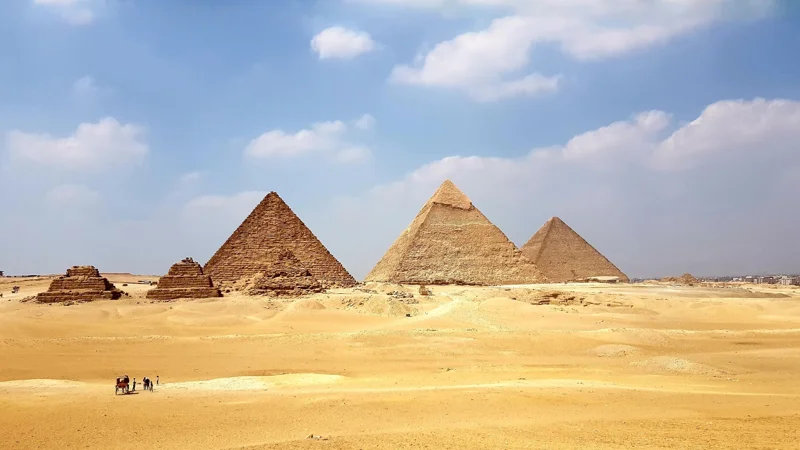Ancient port discovery off Egypt’s coast brings archaeologists closer to Cleopatra’s lost tomb
Archaeologists exploring the northern coast of Egypt have uncovered the remains of a vast submerged port near the ancient city of Taposiris Magna, a find that may bring them closer than ever to locating the tomb of Cleopatra VII, TV BRICS reports.

According to Bolivia TV, situated around 45 kilometres west of Alexandria, Taposiris Magna was founded by Ptolemy II between 280 and 270 BC and was long believed to have been both a religious and trading centre. The newly discovered underwater structures – including stone buildings over six metres high, columns, concrete blocks, and Ptolemaic anchors and amphorae – suggest that the site once served as a key link between inland trade routes, Lake Mareotis, and the bustling port of Alexandria.
According to the archaeological team, the port now lies approximately twelve metres below the Mediterranean, indicating significant geological shifts over the centuries. Bathymetric and sediment analyses reveal that the coastline in antiquity stretched four kilometres further out than today, reshaping the understanding of Egypt’s ancient geography.
Egypt’s Minister of Tourism and Antiquities, Sherif Fathy, hailed the discovery as proof of the country's deep historical and maritime heritage. “This finding confirms that Egypt’s ancient coasts were not only centres of civilisation but strategic gateways for cultural and commercial exchange with the wider world,” he stated.
Over the past two decades, excavations at the site have revealed an array of treasures – from ritual artefacts, oil lamps, and limestone vessels to bronze statuettes, foundation deposits, and hundreds of coins bearing the image of Cleopatra herself.
Earlier, it was reported that Egypt topped Africa and broke into the world’s top 10 investment destinations.
